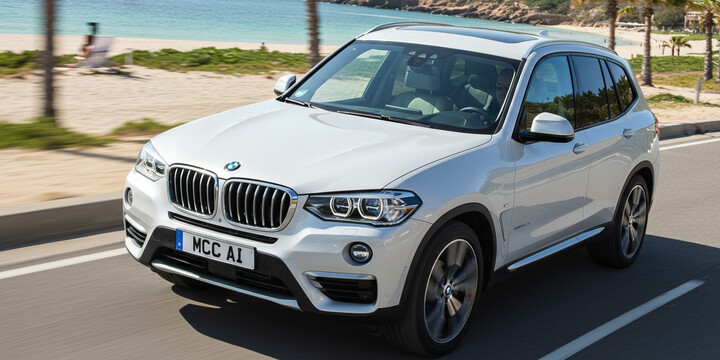
BMW X3 (2017-21)
The BMW X3 (2017-21) is a popular luxury SUV that offers a perfect blend of style, practicality, and driven comfort, making it a standout choice in the UK used car market. Known for its sleek design and versatile interior, the X3 is well-suited to families, professionals, and anyone looking for a reliable and spacious vehicle that can handle both city driving and longer journeys with ease. Its reputation for solid build quality and smooth driving experience positions it as a strong competitor among other premium SUVs.
With an average price of around £33,000 and typical annual mileage of just over 9,000 miles, the BMW X3 (2017-21) proves to be a practical choice for everyday use and occasional adventures. What makes this model notable is its efficient yet dynamic performance, comfortable interior, and a range of high-end features. Whether you're interested in a vehicle for family trips or daily commutes, the BMW X3 (2017-21) stands out for its reliability and driving enjoyment—making it a well-regarded option for those seeking a premium SUV in the used car market.

average use
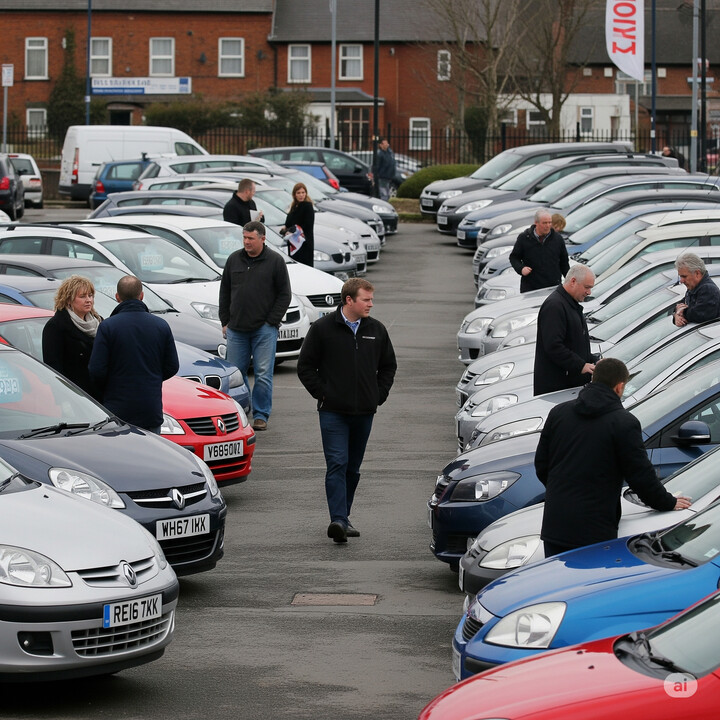
The data shows that for 2017-21 BMW X3 vehicles, the most common recent recorded mileages are between 30,000 and 50,000 miles, accounting for over 39% of vehicles (19.6% for 30k-40k miles and 21.5% for 40k-50k miles). This suggests a typical usage pattern for that model range. Additionally, a significant proportion (around 17.4%) have between 50,000 and 60,000 miles, with smaller groups at higher mileages, including a very small percentage (0.3%) at 120,000 to 140,000 miles. Very low-mileage examples (under 10,000 miles) make up just 2.8%. Overall, the data indicates most vehicles are likely to be within the 30,000 to 60,000-mile range, reflecting moderate usage typical for this age group.

vehicle values
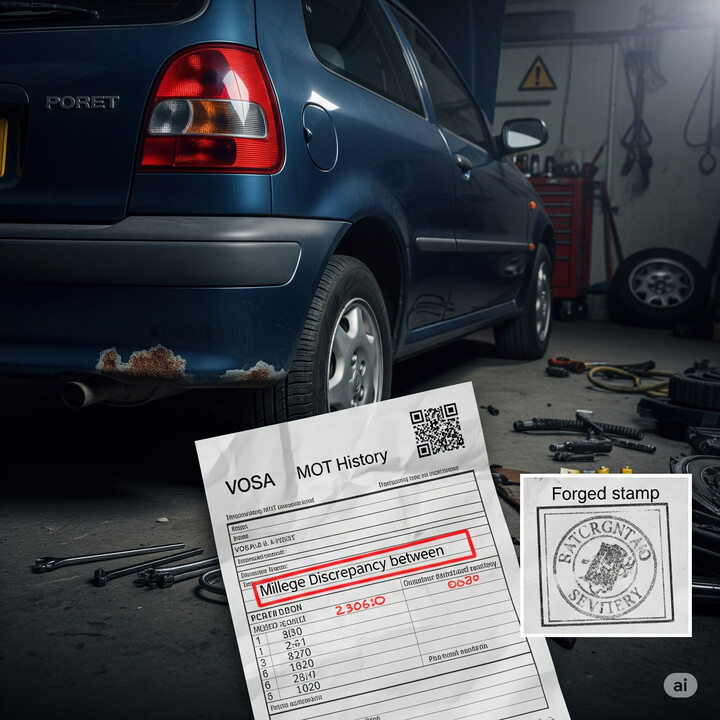
The data presents private sale price ranges for BMW X3 vehicles (2017-21) along with the percentage of listings within each range. Notably, the most common price bracket is £20,000 to £21,000, accounting for 8% of listings, which suggests a strong market value around that level. The distribution indicates a relatively uniform spread across lower and mid-range prices, with a significant concentration of vehicles between £20,000 and £27,000. Higher-end prices (£36,000 and above) constitute a small fraction, each representing just over 1% of sales, reflecting limited availability of premium-spec models or higher mileage vehicles. Additionally, very high prices (£40,000+) are rare, comprising only about 1% collectively, implying that most private sales are concentrated in the mid-range bracket.

production years
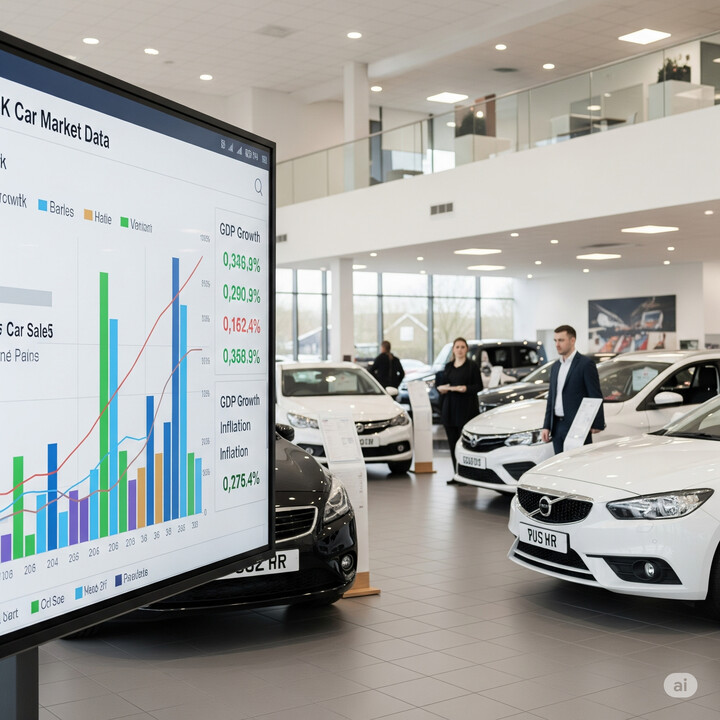
The data for BMW X3 vehicles manufactured between 2017 and 2021 shows that the majority of these vehicles are from 2019, accounting for nearly half (47.4%) of the sample. Vehicles from 2020 also make up a significant portion at 14.9%, while those from 2021 represent 19.3%. Interestingly, only a small fraction (1.4%) of the vehicles are from 2017, indicating that older models are less prevalent in resale or registration data. Overall, this suggests that most registered BMW X3s in this period are relatively recent, with a notable drop in vehicles from 2017.

colour popularity
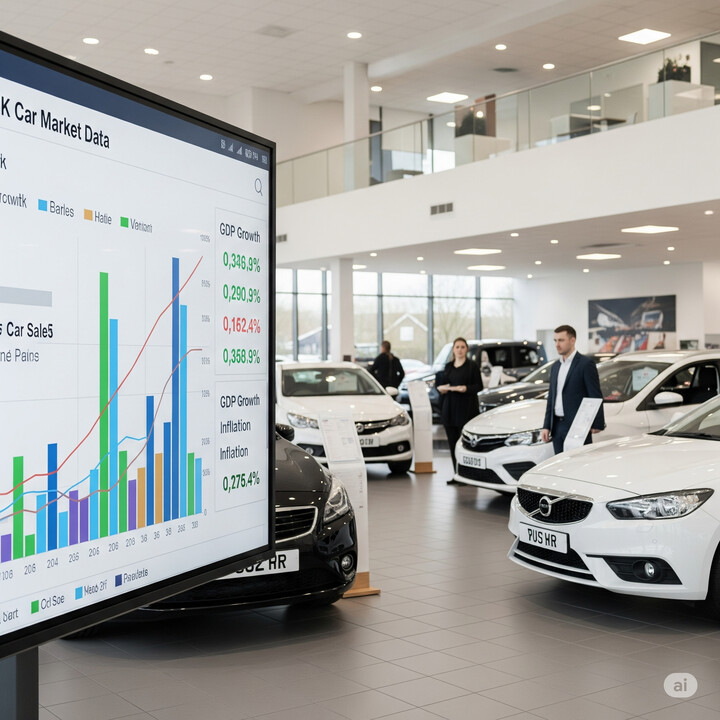
The data indicates that the most popular main paint colour for the BMW X3 (2017-21) is black, accounting for 37.7% of vehicles. White and grey follow as significant choices, comprising 13.8% and 24.2% respectively. Notably, blue is also a common colour, representing 15.2%. Less frequently chosen colours include silver (5.8%), red (2.5%), bronze/white (0.6%), and a very small proportion of brown (0.3%). Overall, neutral tones such as black, white, grey, and blue dominate the palette, reflecting typical preferences for classic, versatile vehicle colours within this model range.

ownership cycle
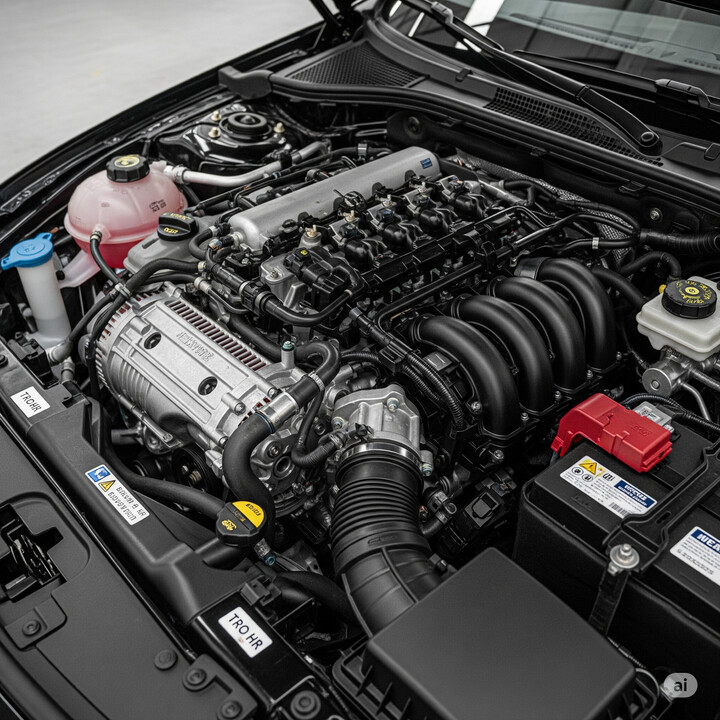
The data on registered keepers for the BMW X3 (2017-21) shows that the majority of these vehicles have been owned by a small number of keepers. Specifically, 43% of the vehicles have had just 2 keepers, indicating they are likely relatively recently purchased or consistently maintained by the same owner. About 25.9% have had 3 keepers, and a combined 12.7% have only had 1 keeper, suggesting some vehicles remain with the original owner. Notably, a very small fraction (0.3%) have had 12 or more keepers, which could indicate vehicles that have changed hands frequently. Overall, the data suggests a trend towards these vehicles being held for multiple years by a few owners, with a significant proportion experiencing only a couple of keepers.

engine choices

Based on the available data for BMW X3 (2017-21) vehicles, the majority of models are powered by diesel (47.9%) or petrol (37.5%), with a smaller proportion running on hybrid electric (6.1%) and a minor fraction with alternative engine capacities. Notably, the engine capacity data shows a significant proportion (38%) with an engine size of 1995 cc, indicating a preference or commonality for this capacity among the vehicles sampled. Additionally, smaller engine sizes such as 1998 cc and larger sizes like 2993 cc and 2998 cc are present to varying degrees. Overall, diesel engines seem dominant, but there is a notable variety in engine capacities and fuel types within this model range.












